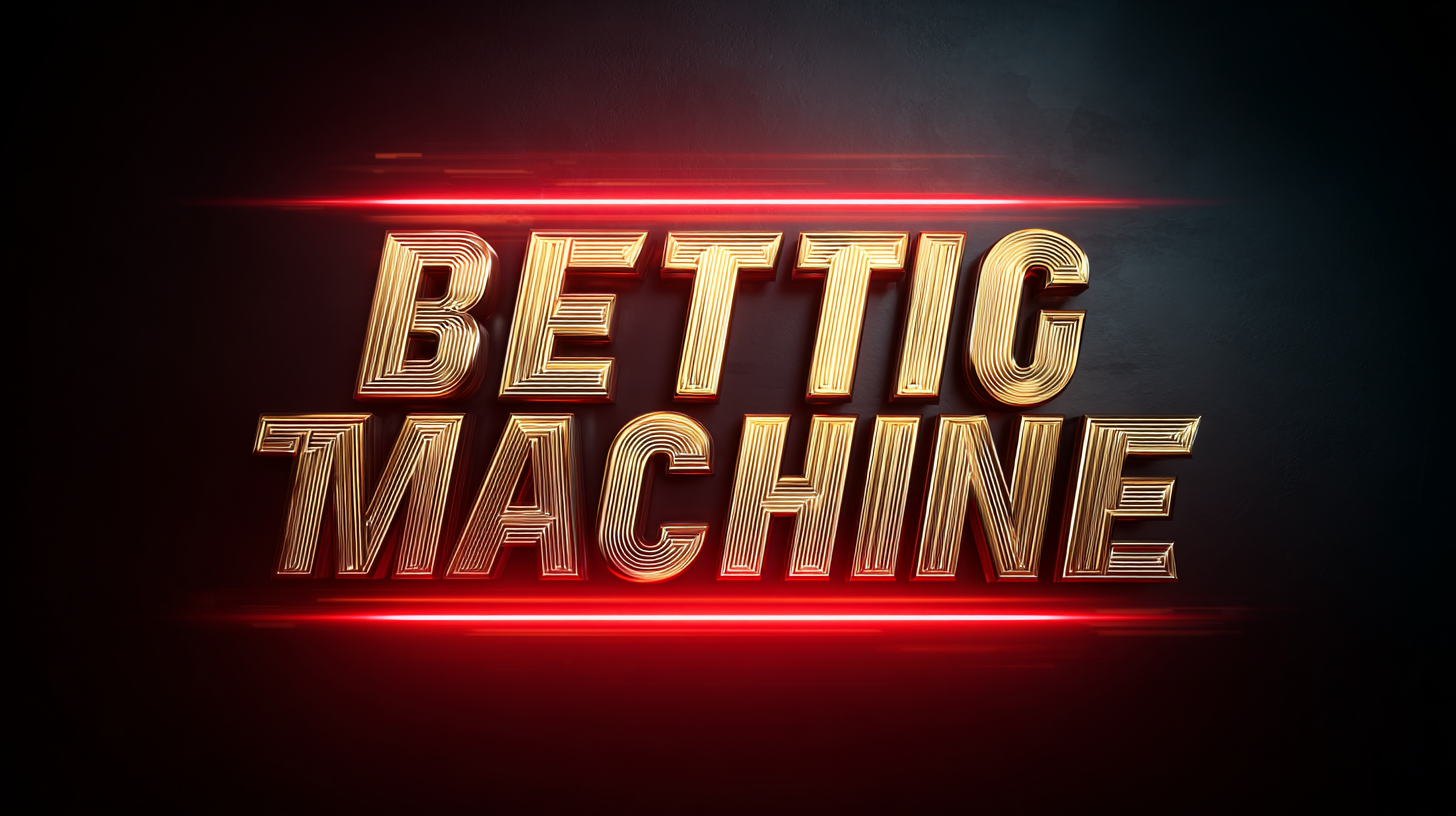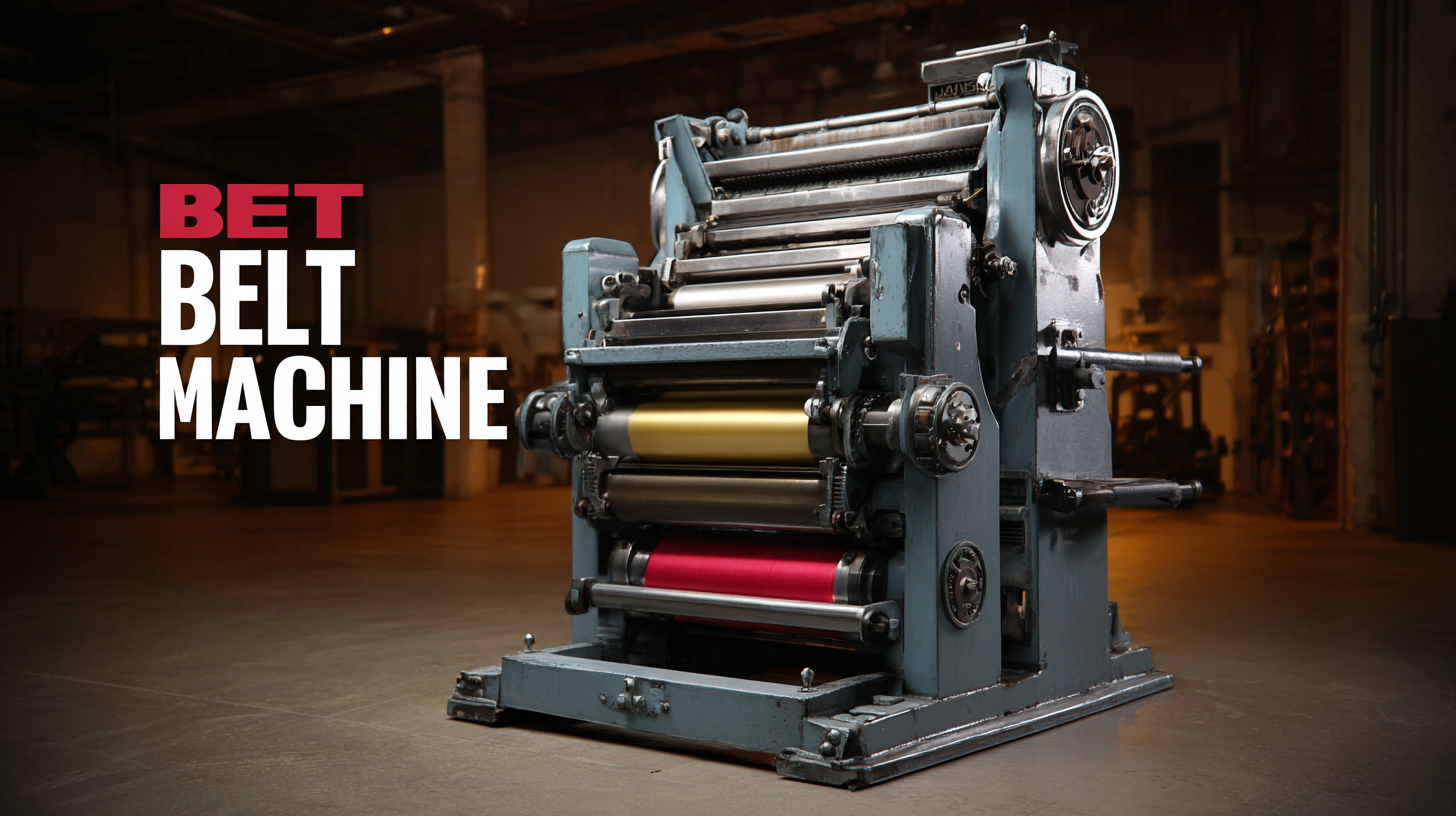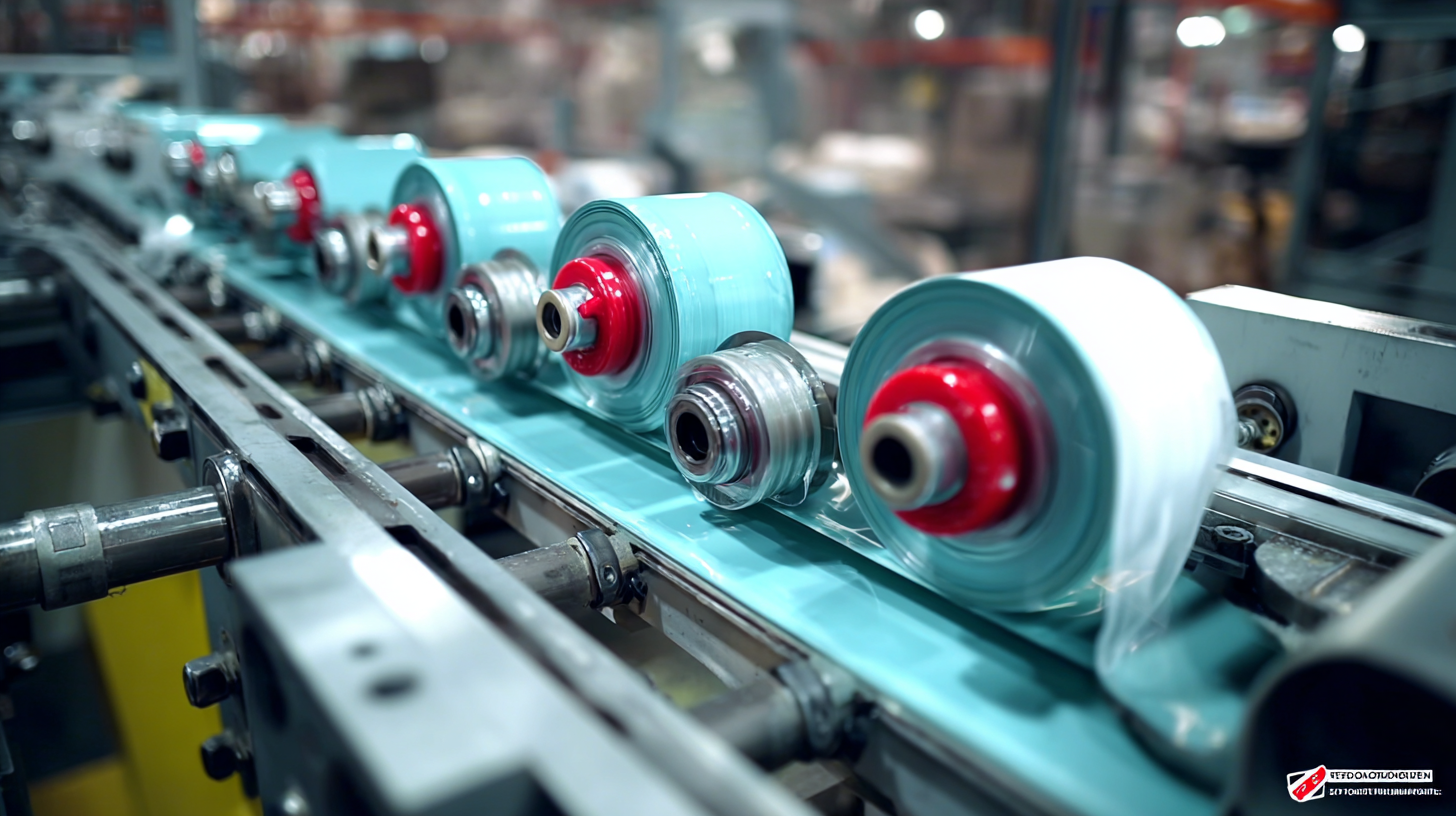The demand for advanced manufacturing solutions continues to rise, with the global belt cutting machine market projected to grow significantly in the coming years. According to a recent industry report, the market size for these essential tools is expected to reach $1.5 billion by 2025, driven by an increase in automation across various sectors. As businesses look to enhance their production efficiency and reduce waste, investing in a high-quality belt cutting machine becomes crucial. This guide aims to equip you with the knowledge necessary to choose the best belt cutting machine tailored to your specific business needs. We'll explore the latest technological advancements anticipated in 2025, examine their implications for operations, and provide actionable insights on how to maximize the benefits of your investment. Whether you're a small startup or a large-scale manufacturer, understanding these developments will be vital to staying competitive in today's fast-paced industrial landscape.

When selecting a belt cutting machine for your production line, several key factors come into play. First and foremost, understanding the specific requirements of your business is crucial. Consider the types of materials you'll be cutting and the thickness of these materials. Different machines are designed to handle varying levels of material toughness, and selecting a machine that suits your specific needs will enhance efficiency and product quality.
Another vital aspect is the machine’s cutting speed and precision. High-speed cutting can significantly boost production rates, while precision ensures that each cut meets your exact specifications. Look for machines that offer adjustable settings for both speed and thickness, allowing for flexibility in production. Additionally, ease of use and maintenance should not be overlooked; a user-friendly interface can minimize training time, while reliable durability reduces the frequency and cost of repairs, ensuring your production line runs smoothly without unnecessary downtimes.
When it comes to choosing a belt cutting machine, understanding the various types available and their specific applications is crucial for optimizing your business operations. The most common types include manual, semi-automatic, and fully automatic machines. Manual belt cutting machines are cost-effective and ideal for small businesses or those handling low-volume production. They require skilled operators to achieve precise cuts but offer greater flexibility for custom projects. In contrast, semi-automatic machines strike a balance, providing a mix of speed and manual input, making them suitable for medium-sized operations that need increased efficiency without fully committing to automation.
Fully automatic belt cutting machines, however, are designed for high-volume production, featuring advanced technologies such as digital controls and automated feeding systems. These machines significantly reduce labor costs and ensure consistent quality, making them an excellent choice for large manufacturers with high output demands. Additionally, each type of machine can be tailored with specific features such as adjustable cutting speeds, various blade options, and material handling systems, enhancing their versatility for different applications like textile cutting, rubber processing, or leather manufacturing. Understanding these distinctions is essential to selecting the right machine that aligns with your business needs.
| Machine Type | Cutting Method | Material Compatibility | Applications | Price Range (USD) |
|---|---|---|---|---|
| Manual Belt Cutter | Manual Cutting | Leather, Fabric | Small Scale Production | 100 - 300 |
| Electric Belt Cutter | Electric Cutting | Leather, Rubber, Plastic | Medium Scale Production | 300 - 800 |
| Laser Belt Cutter | Laser Cutting | Fabric, Synthetic Materials | High Precision Jobs | 2000 - 5000 |
| Water Jet Belt Cutter | Water Jet Cutting | Metals, Composites | Heavy Duty Cutting | 5000 - 15000 |
| CNC Belt Cutter | Computerized Cutting | Various Materials | Mass Production | 3000 - 20000 |
When selecting a belt cutting machine for your business, evaluating its quality and reliability is paramount. According to a report by Research and Markets, the global market for industrial cutting machines is expected to grow at a CAGR of 6.2% from 2023 to 2028, driven by an increased demand for precision and efficiency in manufacturing processes.
High-performance machines often integrate advanced features such as superior blade technology, automatic adjustment mechanisms, and enhanced safety measures, all of which significantly contribute to their overall reliability.
In assessing the key features of these machines, businesses should prioritize cutting speed, operational reliability, and maintenance requirements. Machines featuring high-speed cutting capabilities can drastically reduce production times, allowing companies to meet tight deadlines more efficiently. Additionally, a machine's build quality directly impacts its lifespan and performance consistency. According to a survey by the International Cutting Equipment Association, 78% of manufacturers reported that investing in high-quality cutting equipment resulted in lower downtime and maintenance costs over time. Thus, investing in a reputable belt cutting machine can greatly enhance productivity and profitability.
When selecting a belt cutting machine for your business, it is essential to conduct a thorough cost-benefit analysis. This analysis should focus on how to strike a balance between price and quality, particularly in a market increasingly influenced by the need for sustainable practices and long-term financial health. A machine that appears inexpensive upfront could lead to higher operational costs or subpar output quality, ultimately impacting your bottom line.

Consider how the investment in a high-quality cutting machine can enhance productivity and reduce waste. For example, integrating advanced technology may initially seem costly, but it can yield significant returns through efficiency and durability. As companies face mounting challenges, including fluctuating federal revenues and demands for better resource management, investing wisely in tools that promote both quality and efficiency should be a priority. This foresight will not only support immediate operational goals but also contribute to sustainable practices that align with broader economic and environmental commitments.
 Maintaining your belt cutting machine is crucial to ensuring it operates efficiently and prolonging its lifespan. According to a report from the Industrial Machinery Association, regular maintenance can extend the life of machining equipment by up to 30%. Simple practices such as cleaning the machine daily, inspecting blades for wear and tear, and lubricating moving parts regularly can prevent breakdowns and costly repairs. A proactive maintenance plan not only helps in maintaining performance but also enhances the precision of cuts, which is vital in industries like textile and leather, where quality is paramount.
Maintaining your belt cutting machine is crucial to ensuring it operates efficiently and prolonging its lifespan. According to a report from the Industrial Machinery Association, regular maintenance can extend the life of machining equipment by up to 30%. Simple practices such as cleaning the machine daily, inspecting blades for wear and tear, and lubricating moving parts regularly can prevent breakdowns and costly repairs. A proactive maintenance plan not only helps in maintaining performance but also enhances the precision of cuts, which is vital in industries like textile and leather, where quality is paramount.
It's also crucial to use the right cutting tools and materials. Data from the Manufacturing Institute suggests that using appropriate blades for specific materials can reduce wear by 25%. Moreover, operators should be trained to understand the machine's requirements and operational limits, as improper use can lead to premature wear. By focusing on these maintenance tips, businesses can ensure that their belt cutting machines remain in top condition, ultimately leading to increased productivity and reduced downtime.
